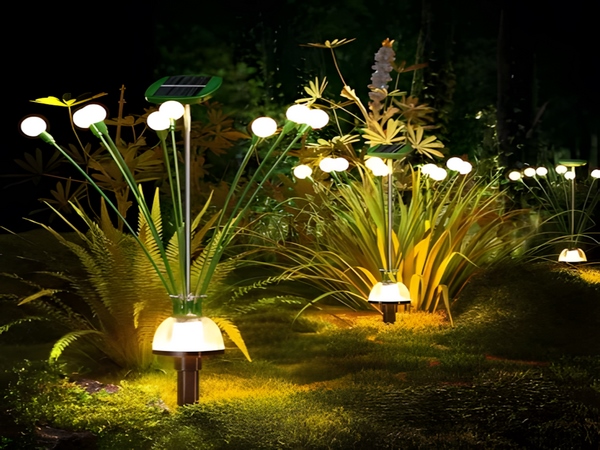
The emergence of solar street lights has brought warmth and security to rural areas where laying cables is inconvenient, providing peace of mind for those who work late or return home at night, while also enhancing the beauty of rural roads. However, the cost of installing solar street lights can be substantial, so careful attention must be paid to the quality of the solar components. It is important to avoid the following misconceptions when purchasing:
1. Judging Quality by Brightness

Many people, when choosing solar street lights, immediately ask to see the brightness, believing that the brighter the light, the better it is. This perspective is somewhat one-sided. Most solar street lights use LED bulbs, which are inherently much brighter than traditional street lights. Therefore, simply judging brightness does not reflect the overall quality; one should consider the entire set of features instead.
2. Focusing Solely on Price
Many consumers automatically select the cheapest solar street lights, but the adage “you get what you pay for” holds true. Is the lowest price truly indicative of quality? Generally, lower prices correlate with lower specifications, while higher prices often reflect better configurations. Thus, focusing exclusively on price is not advisable; understanding the complete specifications and comparing products is essential for making the right choice.
3. Ignoring Heat Dissipation
While selecting solar street lights, most buyers pay attention to brightness, efficiency, and lighting duration. However, heat dissipation is often overlooked, yet it significantly influences the lifespan of solar street lights if not properly managed.
Solar street lights typically utilize one of three heat dissipation methods:
The first is heat conduction, where heat is transferred through a conductor to the exterior of the lamp head, effectively increasing the heat dissipation area and normalizing the heat source.
The second is using heat sinks attached to the lamp head. While effective for heat dissipation, these additional components can increase weight and may be subject to wind damage.
The third method is pin-type heat dissipation, which is compact and less susceptible to environmental influences. This method may be approximately 15% less effective than standard methods but still provides good waterproofing and is predominantly used in solar street lights to ensure longevity.
4. Variations in Power Consumption
Solar street lights can be intelligently controlled, allowing users to manually adjust power levels according to specific time periods and needs, resulting in varying rated power usage.

5. Underestimating After-Sales Service
Street lights will inevitably encounter issues, which are not only due to the quality of the lights themselves but also influenced by local weather conditions. No one wants the solar street lights they purchased to malfunction, and even if they do fail, no one wants to incur repair costs. Therefore, it is crucial not to overlook after-sales service when purchasing solar street lights. One should choose a vendor with a strong reputation for reliable customer support.
The aforementioned misunderstandings about purchasing solar street lights are important to be aware of. Ultimately, to choose solar street lights that offer good value for money, it is essential to know these five points, which will enable buyers to select the appropriate model based on actual needs and avoid waste or diminished efficacy.



